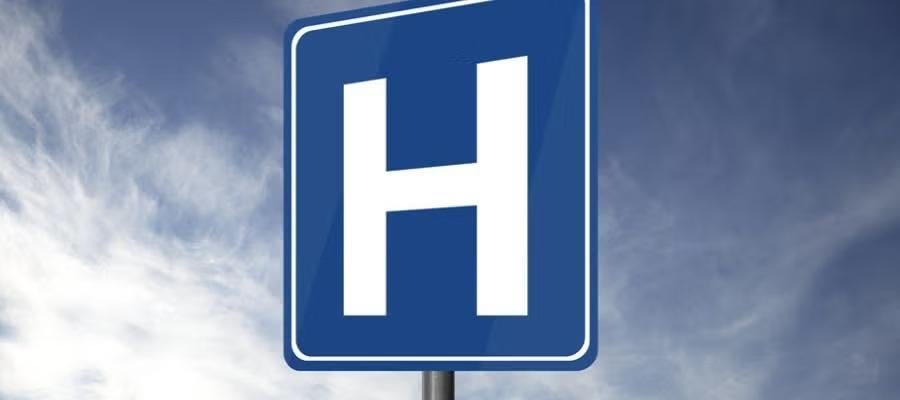Beyond the Labels: Schedule H Reporting and the Benefits That Hospitals Provide to Communities

When a nonprofit hospital files the Internal Revenue Service (IRS) Form 990, Schedule H, it reports a wide range of activities and expenditures to demonstrate how it fulfills its mission of serving its community. The Schedule H report categorizes these activities into Parts I, II and III, each section capturing different aspects of a hospital’s contributions to community health and improvement. The American Hospital Association (AHA) released a new report on Sept. 10, showing that tax-exempt hospitals provided nearly $150 billion in total benefits in 2022, an amount that reflects spending across all parts of Schedule H.
Too often, however, discussions of “community benefit” narrowly equate it with Part I financial assistance, which includes charity care, Medicaid shortfall, health professions education and more. Sometimes, observers further exclude certain components of Part I to focus solely on charity care. This restrictive approach not only departs from the relevant regulatory framework but also overlooks the vital role of community-building initiatives in Part II and Medicare shortfalls and bad debt reported in Part III. In reality, all components of the Schedule H are necessary for an accurate accounting of community benefit.
In fact, every item reported in the Schedule H represents either a direct expenditure or an unreimbursed cost incurred in service to the community. Hospitals regularly report these figures, which represent real investments in workforce development access, care for Medicare beneficiaries and other community-focused outlays. Importantly, these numbers also reflect the financial strain hospitals absorb when patients cannot pay, often because they fall through the cracks of coverage and eligibility systems.
Several states have adopted a broader view of community benefit that is similar to the federal approach. For example, Texas includes both community-building activities and unreimbursed Medicare costs in its community benefit reporting requirements.1 Illinois allows hospitals to count Medicare shortfalls toward their community benefit obligations for certain programs, and its policies acknowledge the financial burden of bad debt, particularly when it stems from serving patients who fall through coverage gaps.2
California requires hospitals to report community-building activities and guides how they may qualify as community benefits.3 These states’ policies reflect a growing recognition that spending outside of Part I categories reflects real and critical contributions to community benefits.
And, indeed, hospitals and health systems engage in a wide array of community-focused initiatives that may not fit neatly into IRS-defined categories of Parts I, II or III. These include partnerships with schools to promote youth mental health, mobile clinics that bring care to rural and underserved areas, and investments in food security programs. Many of these efforts are described in hospital and health system community health needs assessments or community impact reports, which often highlight the creative, responsive and locally driven ways hospitals meet community needs. A recent joint report from AHA and the Catholic Health Association underscores the importance of taking a comprehensive approach to community benefit that reflects the full range of ways hospitals support the health and well-being of their communities.
In an era of rising health needs and constrained resources, every dollar spent — or lost — in service to the community deserves recognition. To fully understand how hospitals support the health and vitality of their communities, we must consider the full scope of Schedule H.
__________

